Toilets are toilets, right?
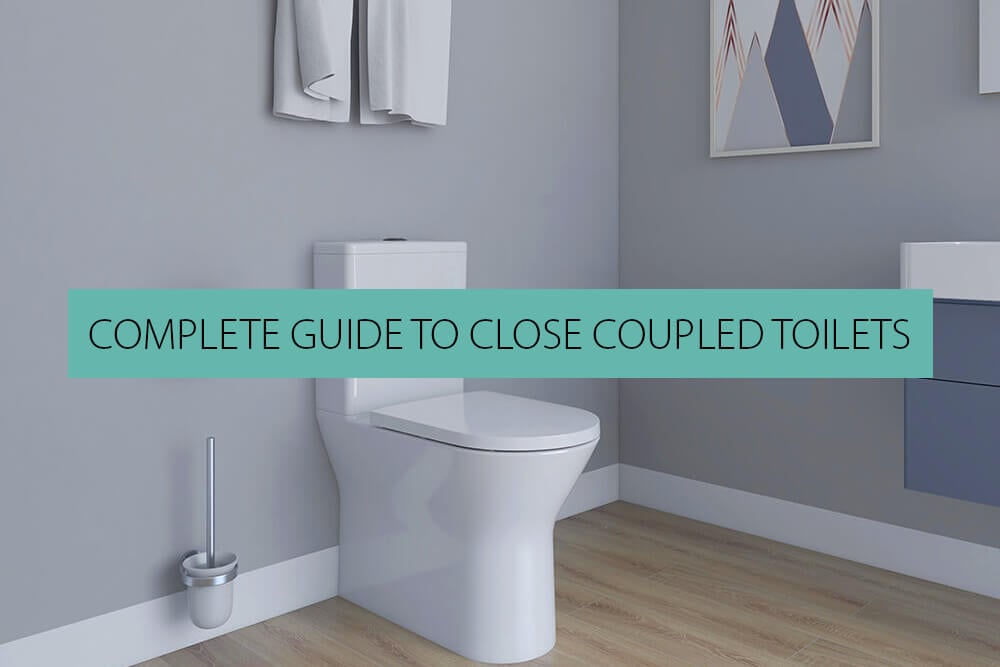
While they might deal with your business, how they work has never been the business you were interested in. Until you wanted to renovate your bathroom, give your toilet a much-needed makeover, or simply decided it was high time your loo got a little bit more loving.
Now, knowing all about toilets is the business you want to be in.
First things first, let's get to know a little bit more about one of the most popular kinds of toilets - a close coupled toilet.
This kind of toilet refers to the toilet that comes to mind when most of us picture a typical bathroom setup. Its name comes from its design – the cistern is "closely coupled" to the toilet bowl. This is different from other kinds of toilets, which are separated by long flush pipes.
How Do They Work?
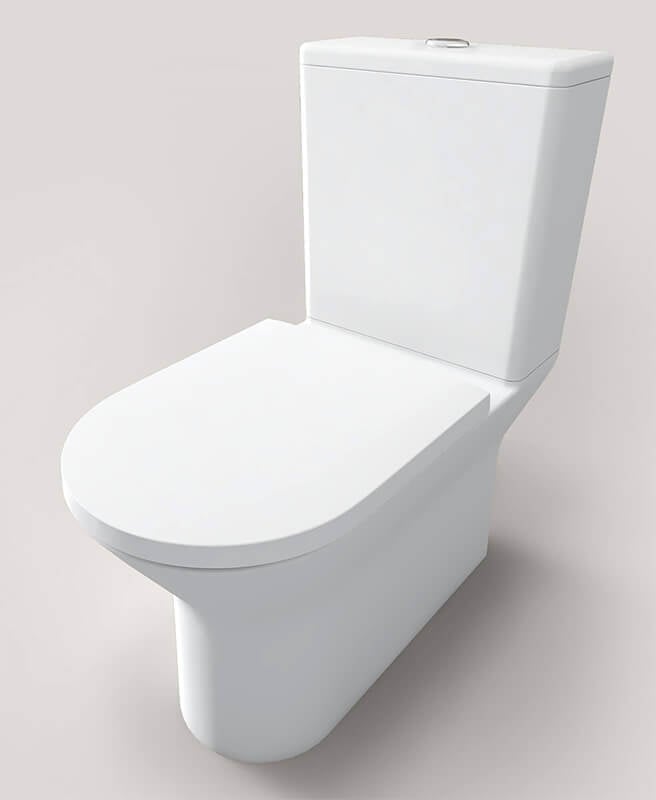
A close coupled toilet is a more modern take on traditional toilets. It has a more streamlined design and looks more modern too.
With a close coupled toilet, the bowl and cistern are connected as one. This allows the water to evacuate out of the cistern and into the bowl once a flush handle or button has been activated.
Most models of close coupled toilets include either a three or six litre flush. This helps you to control the water consumption in your home and is ideal for anyone who wants to be waterwise.
How Popular Are Close Coupled Toilets?
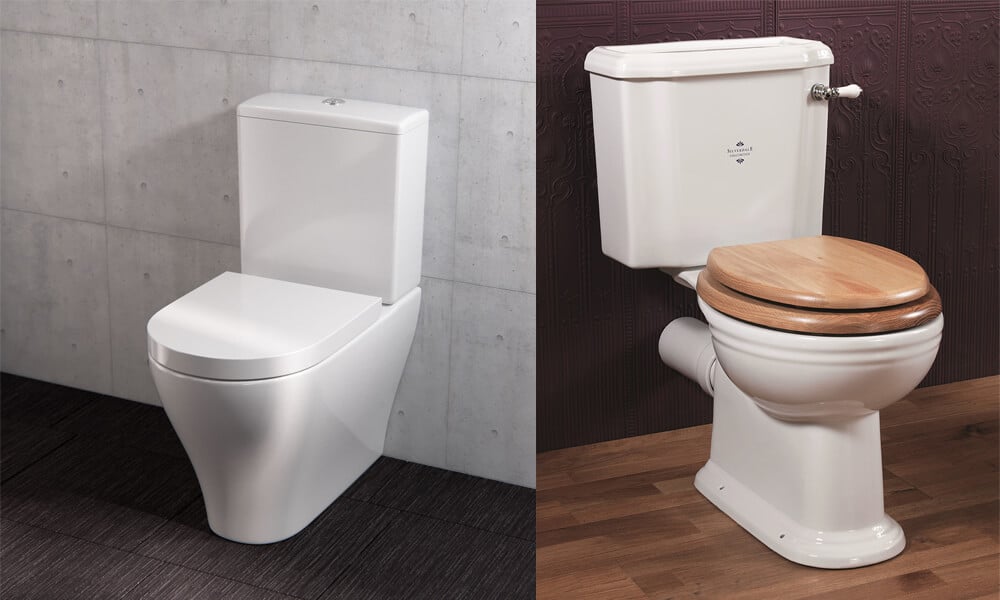
Compared to traditional toilets, close coupled toilets have become a lot more popular in recent years. Now, they're likely to be the bestselling style of toilet at almost any hardware store.
This is due to a number of reasons, including the fact that they are very easy to install. Essentially, they are the plug and play of toilets, with all working parts combined as one.
Close couple toilets are designed to keep costs and water wastage low. They are also durable and can be used as frequently as necessary (which is really all you need from a toilet!). Furthermore, they look more modern and are easy to keep clean, and they have less risk of breakages, leaks and other plumbing mishaps.
The Benefits Of A Close Coupled Toilet
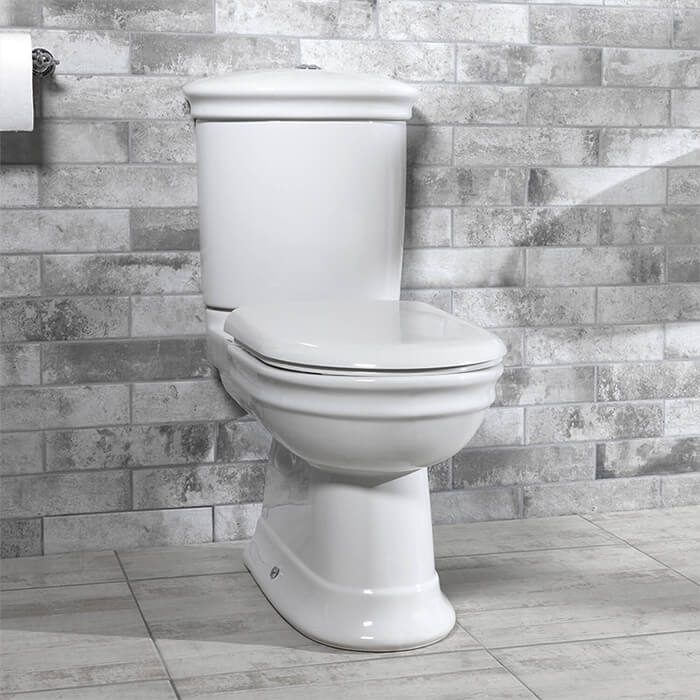
Apart from being incredibly reliable when it comes to completing their assigned tasks, close coupled toilets also come with a range of other benefits, including:
- A variety of styles: Depending on your bathroom décor, you can choose from a wide selection of styles for your close coupled toilet. These toilets are available in sleek, modern designs as well as designs that look more traditional or classic.
- Low cost: When it comes to the financial side of things, close coupled toilets come out tops compared to other toilet options. For one, the hardware itself is much cheaper to purchase. Secondly, the amount of water required to operate close coupled toilets is significantly less than other models of toilet.
- Easy to install: Toilets are a necessity, which is why they should, by no means, be overly complicated to install. Thankfully, close coupled toilets are easy to install and most DIYers should be able to complete the job with ease.
- Adaptable: These kinds of toilets are available in a wide range and come with varying options to suit everyone's different bathroom needs. For one, they are available in different sizes and heights, which can be adjusted depending on the dimensions of your bathroom.
- Long-lasting: Not only are close coupled toilets hardwearing, but they are also immune to water damage.
- Classic style: Close coupled toilets are somewhat timeless. The design of the toilet is unlikely to go out of fashion at any point, which makes them a practical and functional choice for bathrooms. This also makes it easier to find accompanying bathroom hardware, such as basins and bathtubs.
The Drawbacks Of A Close Coupled Toilet
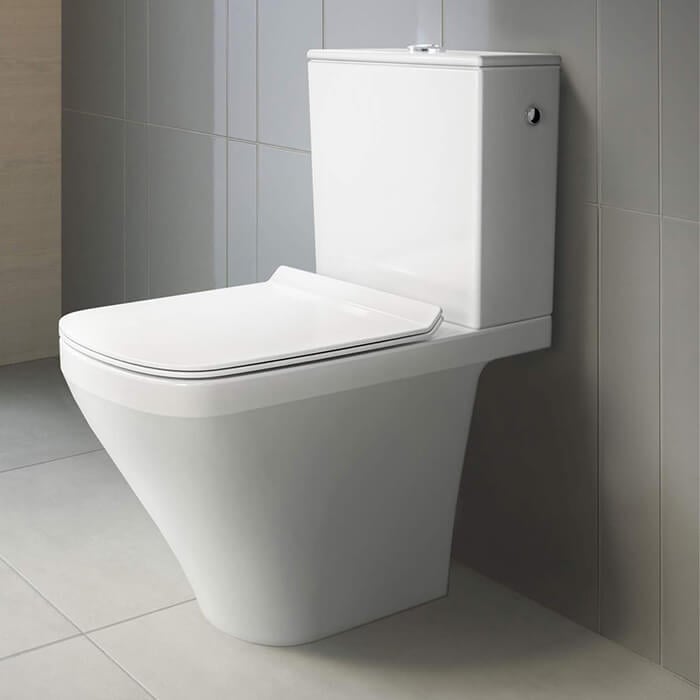
While a close coupled toilet is great for a number of different reasons, it does have just two drawbacks that must be considered when renovating or building your bathroom:
- As with every other kind of toilet, because they are made of porcelain, close coupled toilets could eventually begin to crack or chip. However, given the fact that they are so easy to install, they can just as easily be replaced.
- Another of the biggest drawbacks of a close coupled toilet is the fact that this model does not conceal plumbing in the same way that traditional toilets do. However, this can be combated by opting for a full back-to-wall close coupled toilet.
The Difference Between A Close Coupled Toilet And A Back-To-Wall Toilet
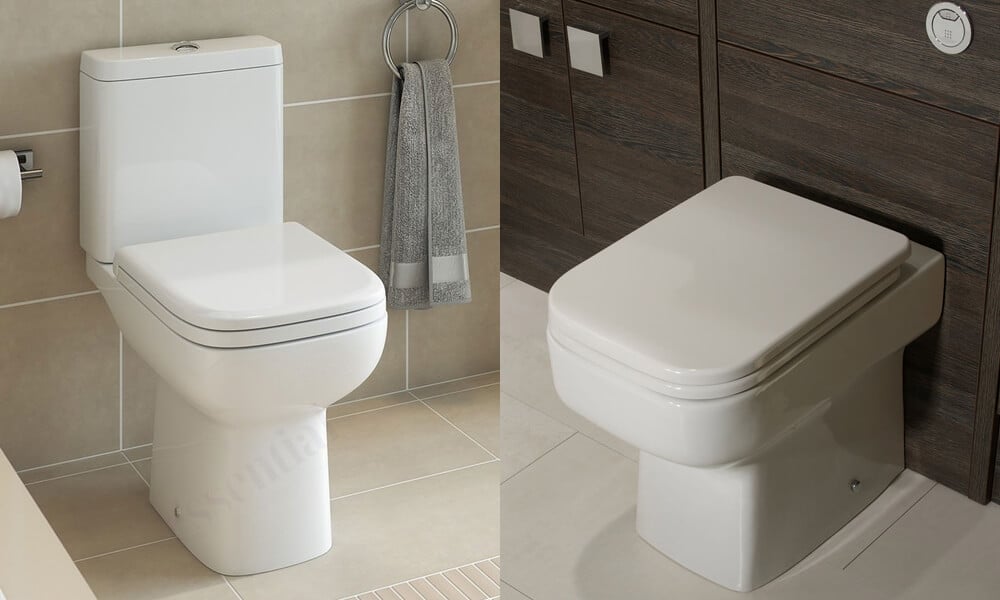
Close coupled toilets are perhaps the most commonly found toilets around the world. As you know by now, they feature a cistern that is attached to the toilet bowl. This attachment creates a single, streamlined unit that combines both essential parts of the toilets.
With a close coupled toilet, pipes can easily be hidden within the casings of their compact nature, making it the perfect option for bathrooms with small, awkward spaces. They also work very well in en suites as they don't take up a huge amount of space.
On the other hand, back-to-wall toilets are also an excellent option for those looking to save a bit of space.
Back-to-wall toilets have the bowl fixed firmly against the wall. The cisterns are generally concealed within the wall itself or in a different unit of furniture.
When compared to other options, these kinds of toilets are very neat and tidy. Plus, having just the toilet bowl on display makes the bathroom seem a bit bigger.
These toilets don't really need any support, as they simply slot into the corners where the walls and floor are. This brings the security of a fitted toilet without any of the added need to install a frame. The cisterns for back-to-wall toilets are generally sold separately and can vary in size.
What Are The Different Types Of Toilets Available?
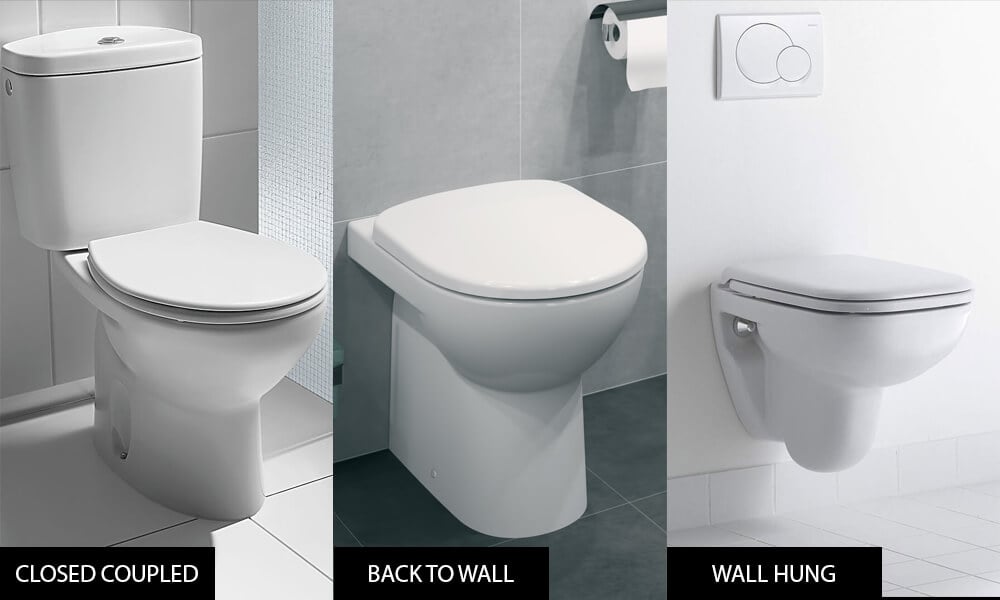
Other than close coupled toilets and back-to-wall toilets, a third type of toilet is available: wall-hung toilets. These are the best option for anyone who loves a modern look and feel.
Wall-hung toilets are exactly what their name suggests - the toilet bowl is hung directly onto the wall, not the floor.
Similar to back-to-wall toilets, a wall-hung toilet has a cistern that's concealed within the wall behind it. The cistern is accessible through a flush panel.
Many people believe that this style of toilets is the easiest to clean because of its compact design that allows for the bowl to be suspended off the floor. This enables people to reach all around it, as well as underneath it.
The space that exists underneath a wall-hung toilet's bowl will help create the illusion of a bathroom being bigger, which makes these toilets perfect for smaller spaces.
One of the key benefits of a wall-hung toilet is the fact that its height can be adjusted to suit varying needs. This makes it an ideal toilet for those with limited or impaired mobility, or perhaps someone who simply cannot bend down too low.
All a wall-hung toilet requires is mounting onto a wall frame. This will keep the toilet secure. When correctly installed, they can withstand weight of approximately 200 kilograms. If fitted correctly, wall-hung toilets also allow for dynamic designs, and can turn into something of a focal point within your bathroom or en suite.
There you have it!
We've not only demystified close coupled toilets, but back-to-wall and wall-hung toilets too. While close coupled may be the most popular option, now you know all about all three, you can choose the design that best works with your bathroom.






























